
Introduction
I am asked often about what I keep in my kitchen to have on hand at all times. I am also often asked what everyone else should keep on hand in their own kitchens. Answering the first question is pretty easy: pasta, EVOO, tomatoes, canned beans, cheese, salami, and the like. That second question, though, always throws me for a loop! If I dont answer I feel as if people might get the impression I dont care; by answering it too specifically, I might sound like I know what you like to eat better than you do! Messy question, indeed.
I get off the hook by answering as diplomatically as I can. It depends on what style of food you enjoy most. If you love Tex-Mex and spicy food, keep lots of beans, tomatoes, dried ground cumin, chili powders, and canned chili peppers on hand. If you love Italian, go for pastas and grains, tomatoes, EVOO, and balsamic vinegar.
Boy, did I fix my red wagon! Now people have started asking for the details: Which kinds of beans? How many cans of tomatoes? Well, I am going to give it a shot!
This book contains a list of around seventy items that I always have on hand in either the spice rack, fridge, freezer, or cupboard. It is based on a mixed bag of cooking styles: Mediterranean, Mexican and Spanish, Continental or Bistro, Asian, and American. If you build this On-Hand list and restock the list every two weeks or so, then you can make any of the recipes that follow with the addition of no more than ten items from the market, ensuring yourself a perpetual spot on the Express Lane! Im not suggesting you go out and buy every item on this list all at once, but rather that you accumulate them over time. Most of the items are nonperishable or frozen, so once youve made the investment it will pay dividends for many months of meals.
This book is a true reflection of how I live my day-to-day life. I do a BIG shop every couple of weeks and pick up a few fill-in items or entre basics each day I cook. I cook a lot because the system works and always keeps me in groceries. Best of all, even if I am super tired, I always have the security blanket of knowing I can go straight home and cook something groovy right from my cupboard.
Happy stocking up, and good eating!

Rachaels Top 5 Tips for Grocery Shopping Like a Pro
Unit Price
Always look at the unit price (generally noted as price per ounce, either fluid or weight) rather than the sticker price when you are selecting an item. Youll find the unit price on the shelf label to the left of the items sticker price. It gives you the value of the grocery item and it is the only true way to compare costs between different brands and package sizes. This way youll know the actual price of your EVOO, stock, tomatoes, et cetera.
Stocking Up
When you see a sale on a pricey item like chicken breasts or filet mignon, buy more than you need for your meal and freeze the extras in small portions. Place the chicken breasts in small freezer bags with a splash of water and pound them out into cutlets, then place them in the freezer. When frozen solid you can stack them to save space. Cut a large piece of filet into small tournedos (1-inch-thick steaks), and wrap them in parchment paper, and then place them in freezer bags in single-serve portions. Salmon is on sale? Buy a whole side and cut it into 6-ounce fillets, then individually sack em and stack em! This way you always have go-to versatile, high-quality entre choices in single or multiple servings. The small portions also defrost quickly.
Time Is Money. Whats Your Time Worth?
If you need to get the food on the table fast, take a little help on the prep work. In the fresh produce department I will often pick up raw trimmed green beans or shredded carrots or cabbage. I even pick up whole boiled eggs from the salad bar when I want to use them for a salad garnish.
Many Trips Make Small Work
Once youve built up your on-hand goods, keep it up with biweekly big shops. Every other week hit the market hard with your master list of staples. Use the list in this book or download a list you can customize from www.clarksonpotter.com to reflect the staples you use most often in your kitchen. During the workweek, all youll need are fresh meats and fill-in ingredients, which you can pick up every couple of nights, helping you become a frequent traveler through the Express Lane!
Put It Away Clean!
When you bring home your groceries, wash all the greens, herbs, and veggies, dry them, and put them away in plastic food storage bags. The herbs especially will keep up to 2 weeks once trimmed, plus you will save time every night because your ingredients will be ready and waiting for you to useno stopping to spin lettuce or rinse parsley.


Swap Meet
Burgers and sammies of all descriptions have to be at the very top of my list for dinner on those nights when Im almost too tired to cook. Nine times out of ten I just add a handful of chipsgood quality, well-seasoned, thick-sliced chips like Terras Yukon Goldsto the plate and Im done. Chips not your bag? Substitute one of the following based on what you have on hand and how much extra energy you have:
 Raw veggies. Buy them right off the salad bar or use whatever youve got in the fridge, and think sugar-snap peas, trimmed green beans, sliced bell peppers and fennel, or cherry tomatoes in addition to the same old carrots and celery sticks;
Raw veggies. Buy them right off the salad bar or use whatever youve got in the fridge, and think sugar-snap peas, trimmed green beans, sliced bell peppers and fennel, or cherry tomatoes in addition to the same old carrots and celery sticks;











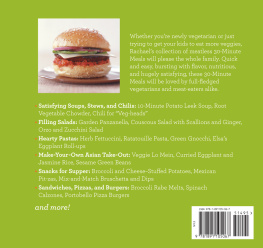

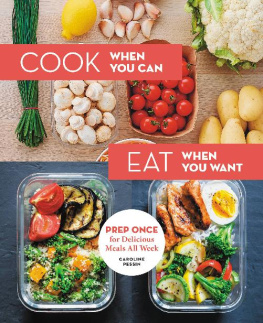
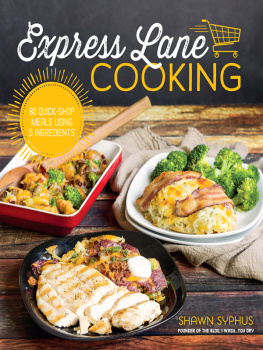
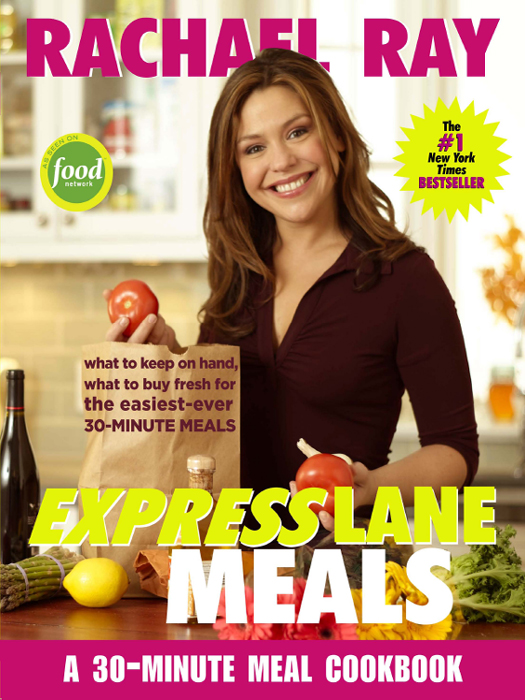
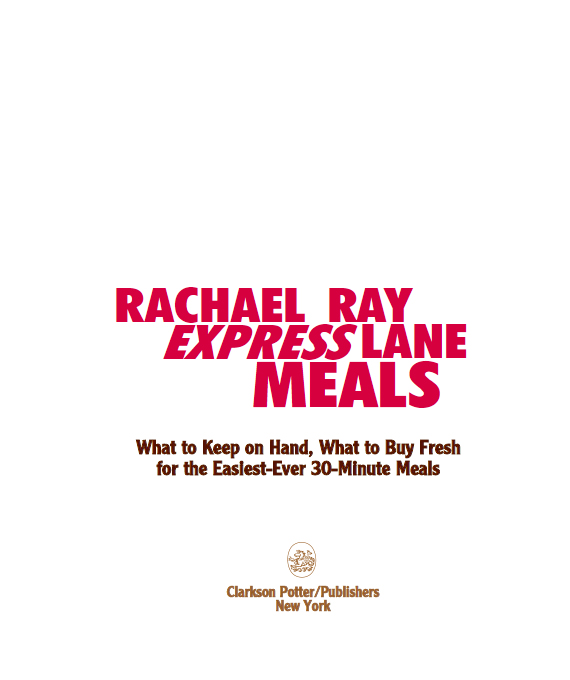

 Raw veggies. Buy them right off the salad bar or use whatever youve got in the fridge, and think sugar-snap peas, trimmed green beans, sliced bell peppers and fennel, or cherry tomatoes in addition to the same old carrots and celery sticks;
Raw veggies. Buy them right off the salad bar or use whatever youve got in the fridge, and think sugar-snap peas, trimmed green beans, sliced bell peppers and fennel, or cherry tomatoes in addition to the same old carrots and celery sticks;